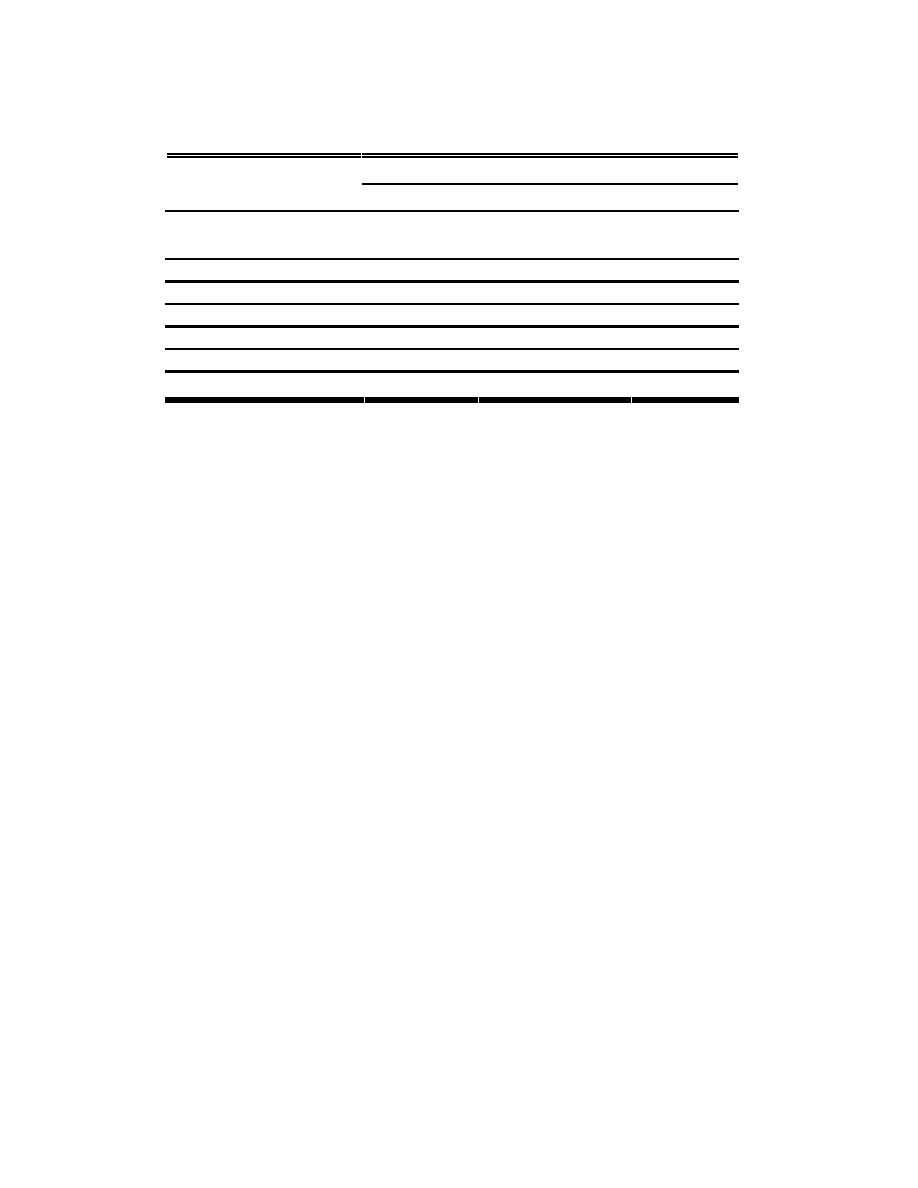 |
|||
|
|
|||
|
Page Title:
Table 7.3. Classification based on long-lived radionuclides |
|
||
| ||||||||||
|
|  DOE-STD-6003-96
TABLE 7.3. Classification based on long-lived radionuclides
Concentration (Ci/m3)
Radionuclide
Column 1
Column 2
Column 3
a
a
Total of all nuclides with
700
<5 yr half-life
a
a
H-3
40
a
a
Co-60
700
Ni-63
3.5
70
700
Ni-63 in activated metal
35
700
7000
Sr-90
0.04
150
7000
Cs-137
1
44
4600
aThere
are no limits established for these radionuclides in Class B or C wastes. Practical con-
siderations such as the effects of external radiation and internal heat generation on trans-
portation, handling, and disposal will limit the concentration for these wastes. These wastes
will be Class B unless the concentrations of other nuclides in Table 7.3 determine the waste
to be Class C independent of these nuclides.
If the concentration does not exceed the value in Column 1, the waste is Class A. If the
concentration exceeds the value in Column 1, but does not exceed the value in Column 2, the
waste is Class B. If the concentration exceeds the value in Column 2, but does not exceed the
value in Column 3, the waste is Class C. If the concentration exceeds the value in Column 3, the
waste is not generally acceptable for near-surface disposal.
Again, the limits for mixtures of nuclides are listed in Table 7.3; the total concentration
shall be determined by the sum-of-fractions rule.
No limits are specifically given for heat generation with a waste package, aside from the
requirement that the package must be shown to be capable of removing the decay heat.
7.4.2 Methodology of 10 CFR 61 Extended to Fusion-Specific Isotopes
10 CFR 61 gives specific activity limits for only a dozen radionuclides, many of which are
fission products or transuranics and thus of little relevance in fusion materials selection. Fetter et
al. have used the NRC's intruder scenario to calculate Class C limits for other long-lived
radionuclides (Fetter 1988). The specific activity limits in Table 7.4 are those for Class C waste
that is activated metal. The limits in Table 7.4 should be compared with those in column 3 of
Table 7.3. Differences between Tables 7.3 and 7.4 result from (a) the fact that the waste is
assumed to be an activated metal and (b) corrections made to the dose conversion factors
made by Fetter et al. Footnotes to the table indicate specific activity limits derived by other
authors.
143
|
|
Privacy Statement - Press Release - Copyright Information. - Contact Us |